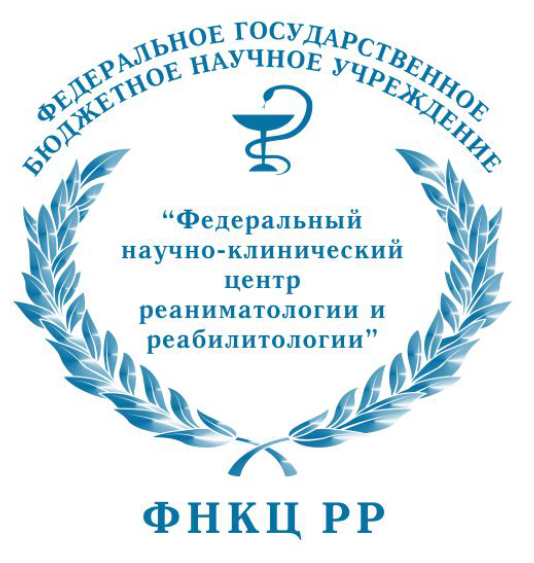
|
ИСТИНА |
Войти в систему Регистрация |
ФНКЦ РР |
||
Characteristics of microbial complexes of urban soils and dust aerosols in different functional zones of Moscowдоклад на конференции
- Авторы: Glushakova A.M., Prokofeva T.V., Lysak L.V., Kachalkin A.V., Shoba S.A., Goncharov N.V., Lapygina E.V., Belov A.A., Gracheva T.A.
- Международная Конференция : 11-th Conference on Soils of Urban, Industrial, Traffic and Mining Areas (SUITMA 11)
- Даты проведения конференции: 5-6 сентября 2022
- Дата доклада: 5 сентября 2022
- Тип доклада: Стендовый
- Докладчик: Prokofeva T.V.
- Место проведения: Берлин, Германия
-
Аннотация доклада:
Soils largely determine the ecological and sanitary status of cities. Main components of dust aerosols in cities are soil particles and also primary biological aerosol particles, microorganisms. We devoted our study to characterization of saprotrophic bacterial and yeast complexes developing in urban soils and dust at three sites of the South-West of Moscow city, which differ significantly in the type and intensity of anthropogenic impact. Site 1 is on the intersection of Kutuzovsky avenue with the Third traffic ring road located in traffic functional zone closely residential. Site 2 is located in public functional zone closely traffic and natural zones. It situated on Leninsky avenue. Site 3 is located on Veresaeva Street on the border between public and residential functional zones near natural park. The abundance of bacteria was determined with acridine orange using an Axioskop 2+ fluorescence microscope; identification of bacterial species was based on 16S rDNA nucleotide sequence; identification of yeasts - on ITS rDNA nucleotide sequence. The minimum abundance of bacteria in soil and dust was at site 1, 2.8х109 and 6.5х109 CFU/g, respectively; the maximum - at site 3, 6.5х109 and 8.2х109 CFU/g. Seventeen saprotrophic bacterial species were observed in the soils and dust. Of all the species found, most taxa are known for their resistance to various types of anthropogenic impact, including impact of traffic. Pathogenic staphylococci were observed in soils and dust at sites 2 and 3, which are located in public and residential zones. Seven yeast species were found in the urban soils and dust. These were typical epiphytes. The greatest diversity was detected at sites 2 and 3, which are located near the natural zones. Only species synthesizing carotenoids were isolated at site 1 with the highest traffic impact. Carotenoids are known to exert multiple protection in the presence of various environmental pollutants. Thus, soil microorganisms act as sensitive bioindicators of different types of anthropogenic impacts and can be used for biomonitoring of urban areas. The composition and abundance of different groups of microorganisms in the street dust and soils of the same habitats indicates their close relationship. This research was performed according to the Development program of the Interdisciplinary Scientific and Educational School of M.V.Lomonosov Moscow State University «The future of the planet and global environmental change» and supported by Russian Foundation for Basic Research, Project №19-05-50093
- Добавил в систему: Прокофьева Татьяна Вадимовна